Home>Storage & Organization>Office & Desk Organizers>How To Organize An Office Filing System
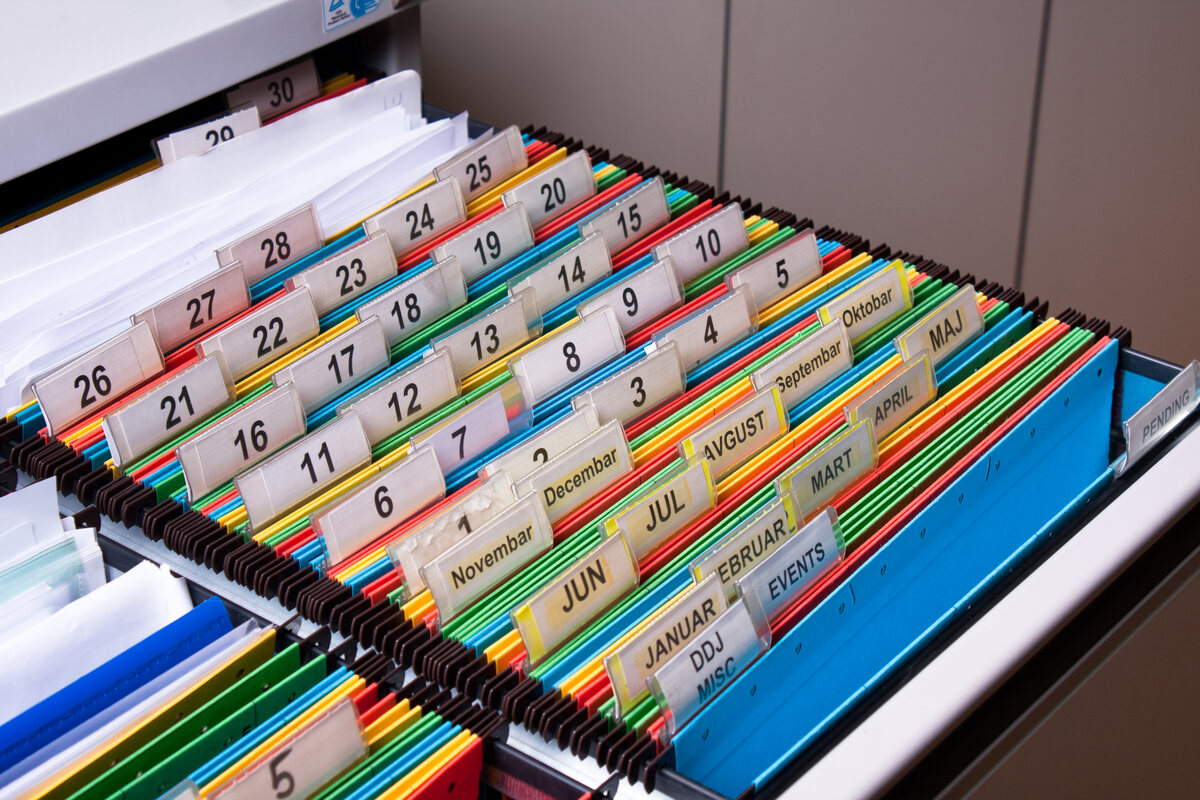

Office & Desk Organizers
How To Organize An Office Filing System
Published: March 2, 2024
Learn how to create an efficient office filing system with our expert tips and office and desk organizers. Streamline your workspace today!
(Many of the links in this article redirect to a specific reviewed product. Your purchase of these products through affiliate links helps to generate commission for Storables.com, at no extra cost. Learn more)
Introduction
Are you tired of spending hours searching for important documents in your office? A well-organized office filing system can save you time and reduce stress by keeping all your paperwork in order. Whether you work from home or in a traditional office setting, having an efficient filing system is essential for productivity and peace of mind. In this article, we will guide you through the process of setting up and maintaining an effective office filing system. From assessing your filing needs to choosing the right supplies and organizing your files, we've got you covered. Let's dive in and transform your chaotic pile of papers into a well-structured and easily accessible filing system.
Key Takeaways:
- 1. Get organized: Assess your filing needs, choose the right supplies, and set up a well-structured filing system to save time and reduce stress when searching for important documents in your office.
- 2. Keep it up: Regularly maintain and update your filing system by purging outdated documents, reassessing categories, and seeking user feedback to ensure sustained productivity and ease of document management.
Read more: How To Organize Filing Cabinet
Assessing Your Filing Needs
Before diving into the process of setting up your office filing system, it's crucial to assess your specific filing needs. Take a close look at the types of documents and paperwork that regularly come across your desk. Are they primarily financial records, client information, project documents, or a combination of various categories? Understanding the nature of your documents will help you determine the best approach to organizing them. Consider the frequency of access to different types of files. Some documents may need to be readily accessible, while others can be archived for long-term storage. By evaluating your filing needs, you can tailor your filing system to suit your unique requirements, making it more efficient and user-friendly.
- Make a list of the different types of documents you handle regularly.
- Identify which documents require frequent access and which ones can be archived.
- Consider the volume of paperwork and the space needed to accommodate your filing system.
By taking the time to assess your filing needs, you'll be better equipped to design a filing system that streamlines your workflow and enhances your overall productivity.
Choosing the Right Filing Supplies
When it comes to setting up an efficient office filing system, selecting the right filing supplies is crucial. Here are some essential supplies to consider:
1. File Folders:
Invest in high-quality, durable file folders that can withstand frequent handling. Choose folders in different colors to categorize and differentiate various types of documents.
2. Hanging File Folders:
For filing cabinets or drawers, hanging file folders are a practical choice. They allow you to group and organize standard file folders within the filing system, maximizing space and accessibility.
3. Labeling Materials:
Clear and legible labels are essential for quick and easy identification of files. Invest in a reliable label maker or quality adhesive labels to ensure that each file is clearly marked.
4. Filing Cabinets or Storage Boxes:
Depending on the volume of paperwork, consider investing in filing cabinets or storage boxes to keep your files organized and secure. Choose a storage solution that fits your space and provides room for future expansion.
5. File Dividers:
For larger file categories, file dividers can help further organize and separate documents within a single file folder. They are particularly useful for subdividing projects, clients, or specific types of paperwork.
6. Binder Clips and Rubber Bands:
Keep loose documents and smaller items together using binder clips or rubber bands. This will prevent papers from getting misplaced and maintain the overall organization of your filing system.
By selecting the right filing supplies, you can ensure that your office filing system is not only functional but also visually appealing and easy to maintain. Invest in quality supplies that will withstand daily use and contribute to the overall efficiency of your filing system.
Read also: The 12 Best File Cabinets of 2024
Setting Up a Filing System
Setting up a filing system is a crucial step in creating an organized office environment. Here's how to get started:
-
Designate a Filing Area: Choose a specific area in your office dedicated to housing your filing system. This could be a filing cabinet, a set of drawers, or a combination of storage solutions. Ensure that the chosen area is easily accessible and allows for future expansion as your filing needs grow.
-
Arrange Your Filing Supplies: Once you've selected your filing area, arrange your filing supplies in a way that makes sense for your workflow. Keep frequently accessed files within arm's reach, while less frequently used documents can be placed in lower or higher drawers or shelves.
-
Create a Filing Hierarchy: Establish a logical hierarchy for organizing your files. This could be based on categories such as clients, projects, financial records, or any other relevant classification. Consider the most intuitive way to arrange your files to facilitate easy retrieval and maintenance.
-
Implement a Color-Coding System: Utilize color-coded file folders to visually differentiate between various types of documents. Assign specific colors to different categories or levels of importance to streamline the filing process and expedite file retrieval.
-
Allocate Space for Future Growth: Anticipate the growth of your filing system and allocate space for expansion. Leave room for additional file folders, documents, and new categories to prevent overcrowding and maintain the system's organization.
-
Establish Filing Rules and Guidelines: Clearly define filing rules and guidelines for yourself and any other individuals who will be using the filing system. Consistency in filing practices will ensure that everyone can locate and file documents efficiently.
By following these steps, you can establish a well-structured filing system that caters to your specific needs and promotes a clutter-free and efficient office environment.
Organizing Files Alphabetically or by Category
Organizing files alphabetically or by category is a fundamental aspect of creating an efficient office filing system. Depending on the nature of your documents and your preferred method of retrieval, you can choose to organize your files in the following ways:
Alphabetical Organization:
When organizing files alphabetically, you arrange documents in the order of the alphabet, typically based on the first letter of the primary filing criterion, such as client name, project title, or subject. This method is particularly effective for easily locating specific files without the need for extensive categorization. Here's how to implement alphabetical organization:
-
Choose a Primary Sorting Criterion: Determine the primary criterion for sorting your files alphabetically, such as client names, project titles, or vendor names. This criterion will serve as the basis for arranging your files in alphabetical order.
-
Use Alphabetical Dividers: Utilize alphabetical dividers to separate different sections of your filing system. Each divider represents a specific letter of the alphabet, allowing you to quickly navigate to the desired section.
-
Label Folders Clearly: Ensure that file folders are clearly labeled with the appropriate alphabetical heading. This will facilitate easy filing and retrieval of documents within the designated alphabetical section.
Categorical Organization:
Categorical organization involves grouping files based on specific categories or classifications, such as client types, project phases, or document types. This method is beneficial for managing a diverse range of documents and provides a structured approach to file retrieval. Here's how to implement categorical organization:
-
Identify Relevant Categories: Determine the relevant categories for organizing your files based on the nature of your documents. This could include client categories, project phases, financial documents, or any other relevant classifications.
-
Allocate Sections for Each Category: Allocate designated sections within your filing system for each category. This could involve separate drawers, shelves, or labeled sections within a filing cabinet.
-
Utilize Subcategories if Necessary: For larger categories, consider implementing subcategories to further organize and differentiate files within each primary category. This can streamline the filing process and enhance document retrieval.
-
Label and Index Categories: Clearly label each category section and create an index or reference guide to quickly locate specific categories within your filing system.
By choosing the most suitable method for organizing your files, whether alphabetically or by category, you can create a filing system that aligns with your workflow and enhances the accessibility of your documents. Consider the nature of your documents and the frequency of retrieval to determine the most effective organizational approach for your office filing system.
Labeling and Indexing Files
Labeling and indexing files is a critical step in maintaining an organized and easily accessible office filing system. Proper labeling and indexing facilitate quick identification and retrieval of documents, ensuring that your filing system remains efficient and user-friendly. Here's how to effectively label and index your files:
Clear and Consistent Labeling:
- Use clear, legible labels for all file folders and dividers. Ensure that the text is easily readable and resistant to smudging or fading over time.
- Consistency in labeling is key. Establish a standardized format for labeling files, including the use of abbreviations or specific naming conventions for different categories of documents.
Utilize Descriptive Titles:
- When labeling files, use descriptive titles that accurately represent the contents of the documents. Avoid vague or ambiguous labels that could lead to confusion during file retrieval.
Indexing Systems:
- Consider implementing an indexing system for quick reference to specific documents. This could involve creating a separate index binder or digital index that lists the contents of each file and its location within the filing system.
Read more: How To Remove Drawers From Filing Cabinet
Electronic File Naming Conventions:
- If you maintain electronic files in addition to physical documents, establish a consistent file naming convention. This will ensure that digital files are organized and easily searchable, complementing the physical filing system.
Color-Coded Labels:
- Utilize color-coded labels to visually differentiate between different categories of files. Assign specific colors to specific types of documents or classifications, making it easier to locate files at a glance.
Update and Maintain Labels:
- Regularly review and update labels as needed. When files are reorganized or new documents are added, ensure that the labels accurately reflect the contents and location of each file.
Cross-Referencing:
- For complex filing systems, consider implementing cross-referencing techniques. This involves referencing related documents within different file categories, allowing for seamless navigation between interconnected files.
By implementing clear and consistent labeling practices, as well as establishing effective indexing systems, you can ensure that your office filing system remains well-organized and easily navigable. These practices contribute to a streamlined workflow and minimize the time spent searching for specific documents, ultimately enhancing productivity in the office environment.
Read more: What Is A Lateral File Cabinet
Maintaining and Updating the Filing System
Maintaining and updating your office filing system is essential for preserving its efficiency and relevance over time. Regular maintenance ensures that the system remains organized, accessible, and aligned with your evolving filing needs. Here's how to effectively maintain and update your filing system:
Regular File Purging:
Periodically review and purge outdated or unnecessary documents from your filing system. This process helps prevent clutter and ensures that only relevant and current files are retained. Establish a schedule for file purging to maintain the system's efficiency.
Document Retention Policies:
Develop clear document retention policies to determine the appropriate duration for retaining different types of documents. This ensures compliance with legal and regulatory requirements while preventing the accumulation of obsolete files.
Reassess Filing Categories:
As your business evolves, periodically reassess your filing categories to ensure they align with current operations. New projects, clients, or business activities may necessitate the creation of additional filing categories or the reorganization of existing ones.
Read more: How To Organize Paper Files At Work
Update Indexing and Cross-Referencing:
If you utilize indexing or cross-referencing systems, ensure that they are regularly updated to reflect any changes in file locations or document contents. This prevents confusion and streamlines the retrieval process.
Maintenance of Filing Supplies:
Regularly inspect and maintain your filing supplies, such as file folders, labels, and dividers. Replace worn-out or damaged supplies to uphold the visual appeal and functionality of the filing system.
Employee Training and Guidelines:
If multiple individuals have access to the filing system, provide training on filing guidelines and best practices. Consistent filing practices among all users contribute to the system's overall organization and accessibility.
Digital File Management:
For hybrid or digital filing systems, ensure that electronic files are consistently organized and backed up. Implement regular data backups and establish a standardized folder structure for digital documents.
Read more: How To Organize A File Cabinet
Performance Evaluation:
Periodically evaluate the performance of your filing system. Assess its effectiveness in facilitating document retrieval, minimizing search time, and accommodating the growth of your document collection.
User Feedback and Suggestions:
Encourage feedback from individuals who regularly interact with the filing system. Their insights can reveal opportunities for improvement and help tailor the system to better meet the needs of its users.
By incorporating these maintenance and updating practices into your office filing system, you can ensure that it remains a valuable asset in maintaining a well-organized and efficient work environment. Regular attention to the filing system's upkeep contributes to sustained productivity and ease of document management.
Conclusion
In conclusion, establishing and maintaining an effective office filing system is a fundamental aspect of promoting productivity and organization in any work environment. By carefully assessing your filing needs, selecting the right filing supplies, and setting up a well-structured filing system, you can streamline document management and reduce the time spent searching for essential files. Whether organizing files alphabetically or by category, clear and consistent labeling, along with regular maintenance and updates, are essential for sustaining the system's efficiency over time.
A well-organized filing system not only enhances workflow efficiency but also contributes to a professional and clutter-free office environment. It minimizes the risk of misplaced documents, supports compliance with document retention policies, and facilitates seamless collaboration among team members. By implementing the strategies outlined in this article, you can transform your office filing system into a valuable asset that supports your daily operations and long-term business success.
Remember, the key to a successful filing system lies in its adaptability to your evolving needs. Regularly reassess and update your filing system to accommodate changes in your business, and seek feedback from users to ensure that it remains intuitive and user-friendly. With a well-organized office filing system in place, you can focus on your core responsibilities with confidence, knowing that your documents are readily accessible and efficiently managed.
Frequently Asked Questions about How To Organize An Office Filing System
Was this page helpful?
At Storables.com, we guarantee accurate and reliable information. Our content, validated by Expert Board Contributors, is crafted following stringent Editorial Policies. We're committed to providing you with well-researched, expert-backed insights for all your informational needs.
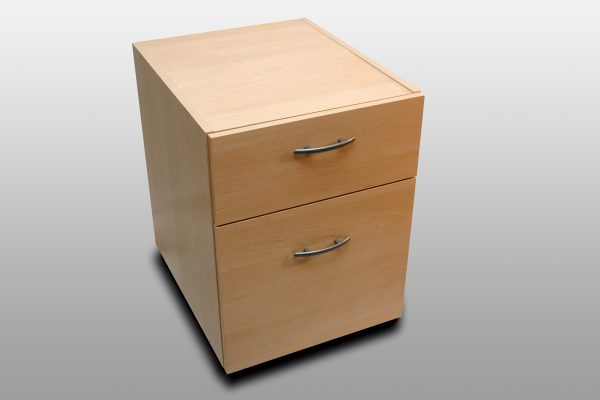
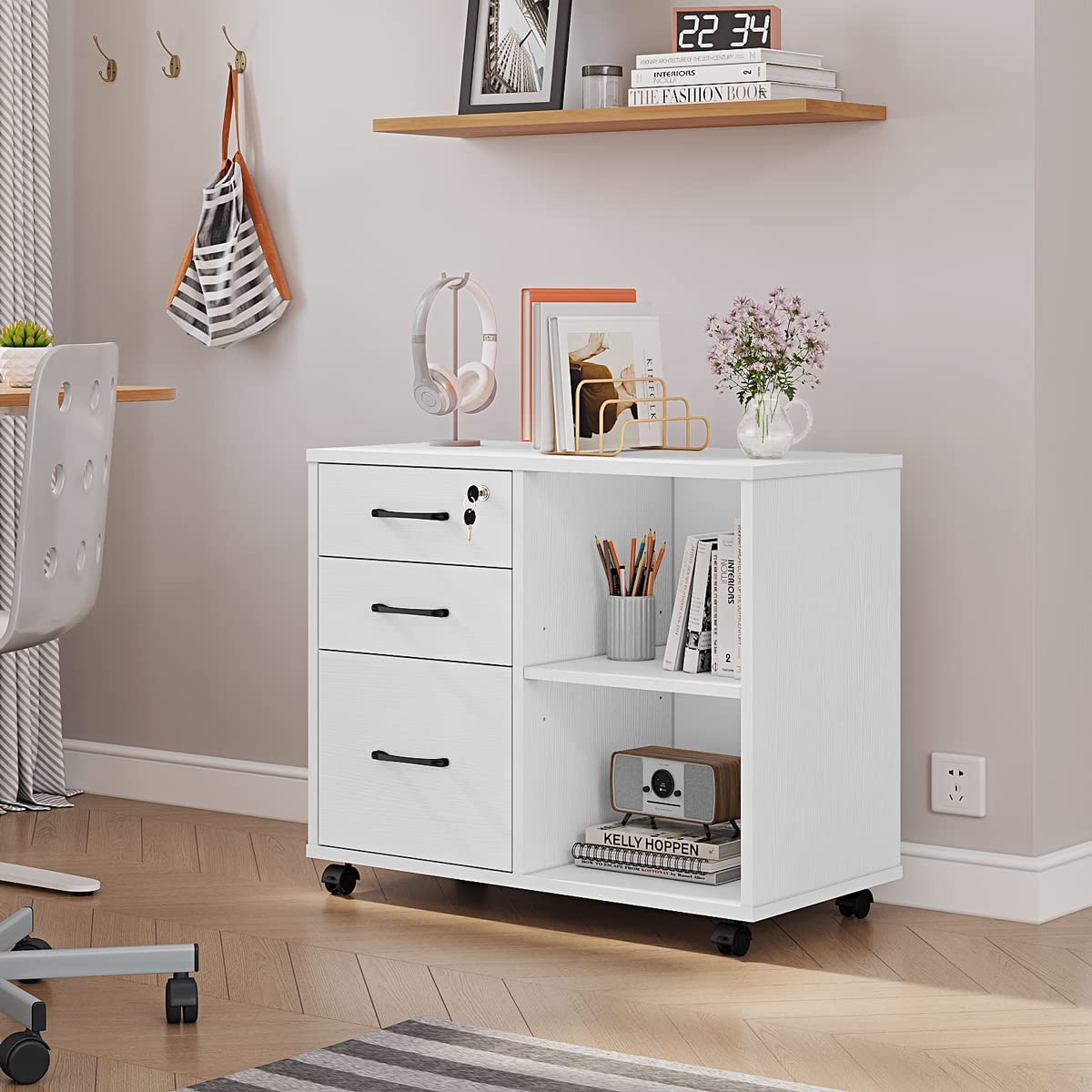
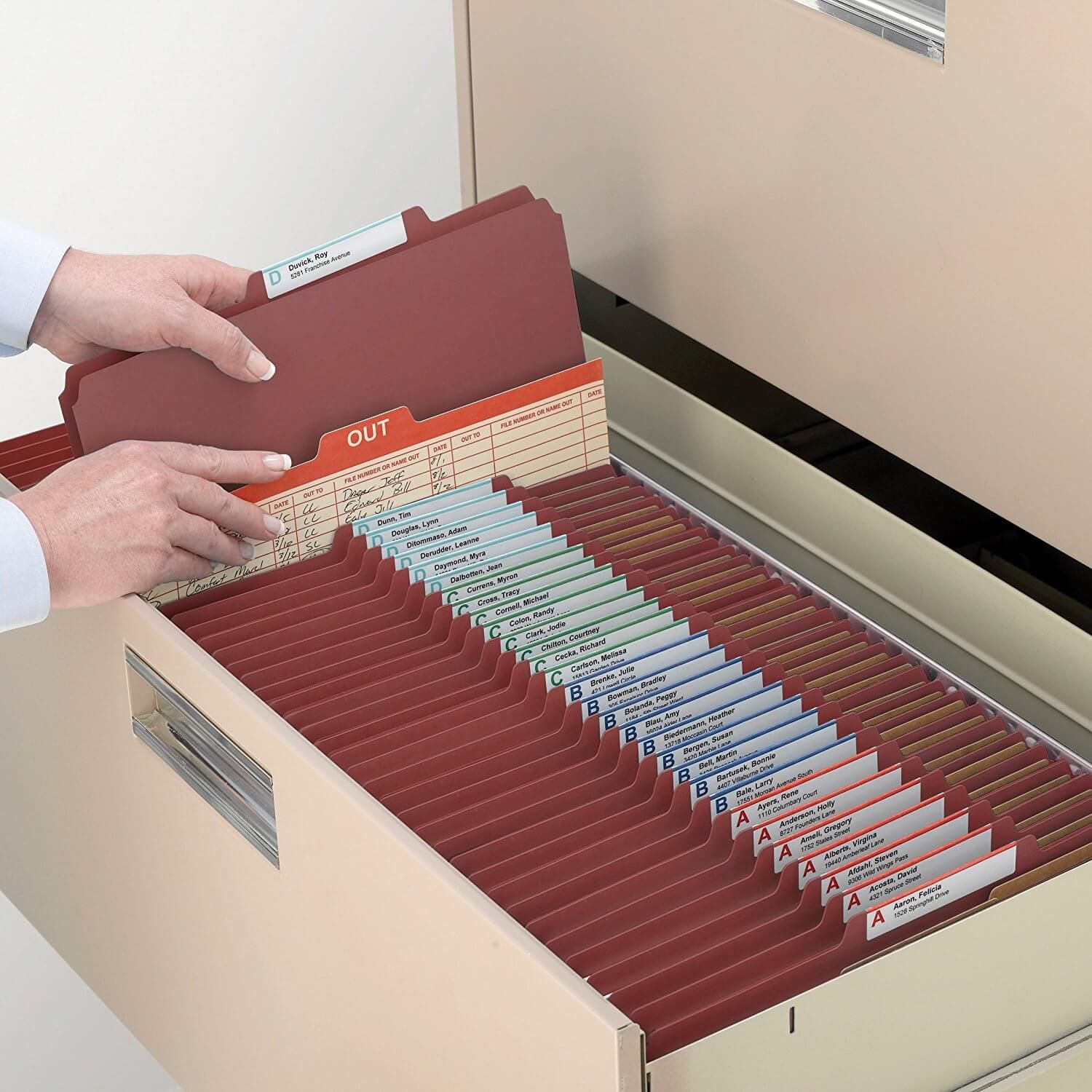
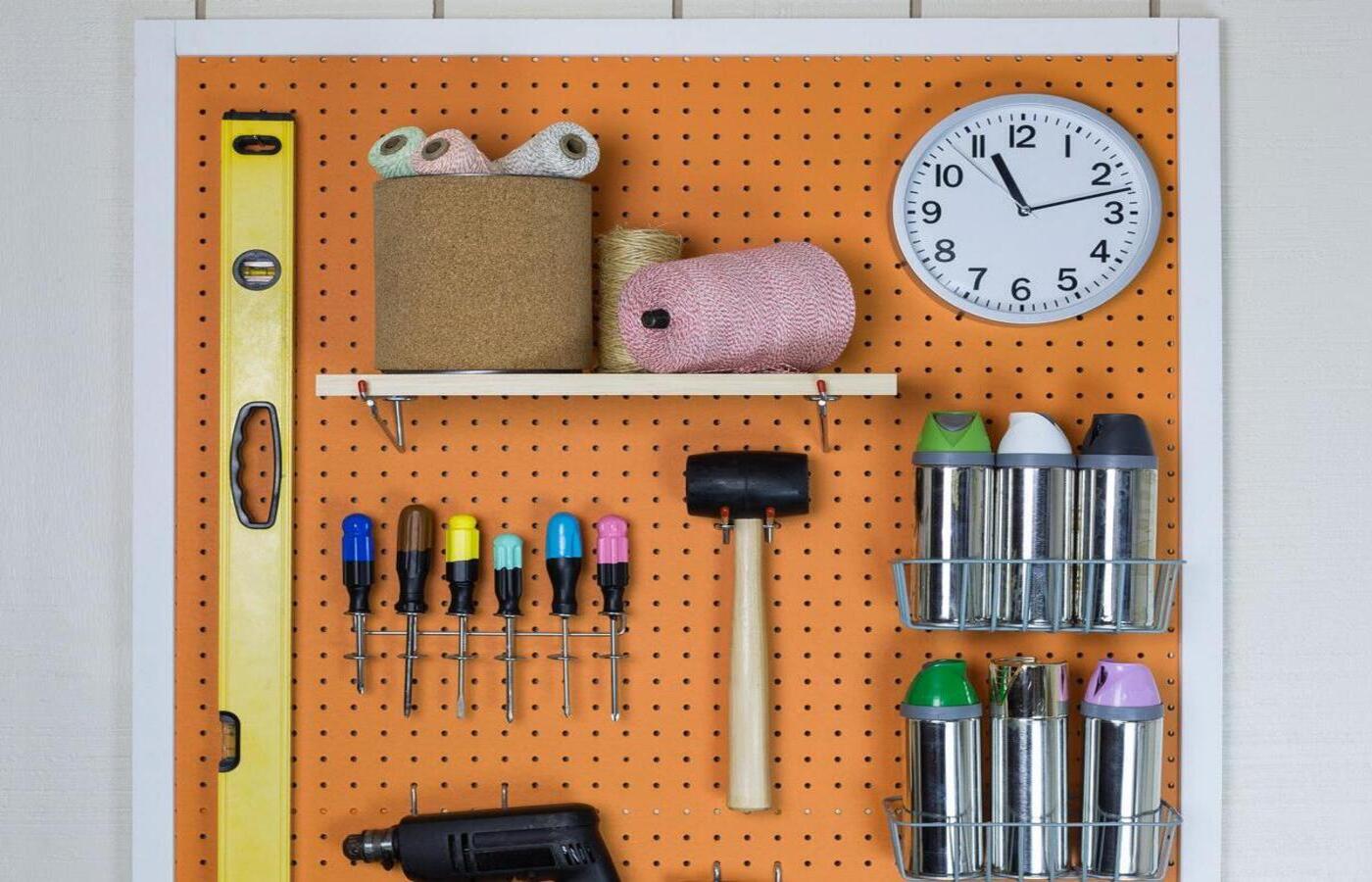





0 thoughts on “How To Organize An Office Filing System”